
MS Data Science & AI
MS Data Science and Artificial Intelligence (AI) knowledge is essential in today’s exponentially evolving technological landscape. ML and AI offer a broad spectrum of applications, including healthcare, finance, marketing, robotics, and more, making them incredibly versatile and relevant for various career paths.
Based on 21,501+ reviews | 650,000+ learners
Our Alumni Work At:
Our learners occupy top positions in companies across industries and some of the world’s best-known firms








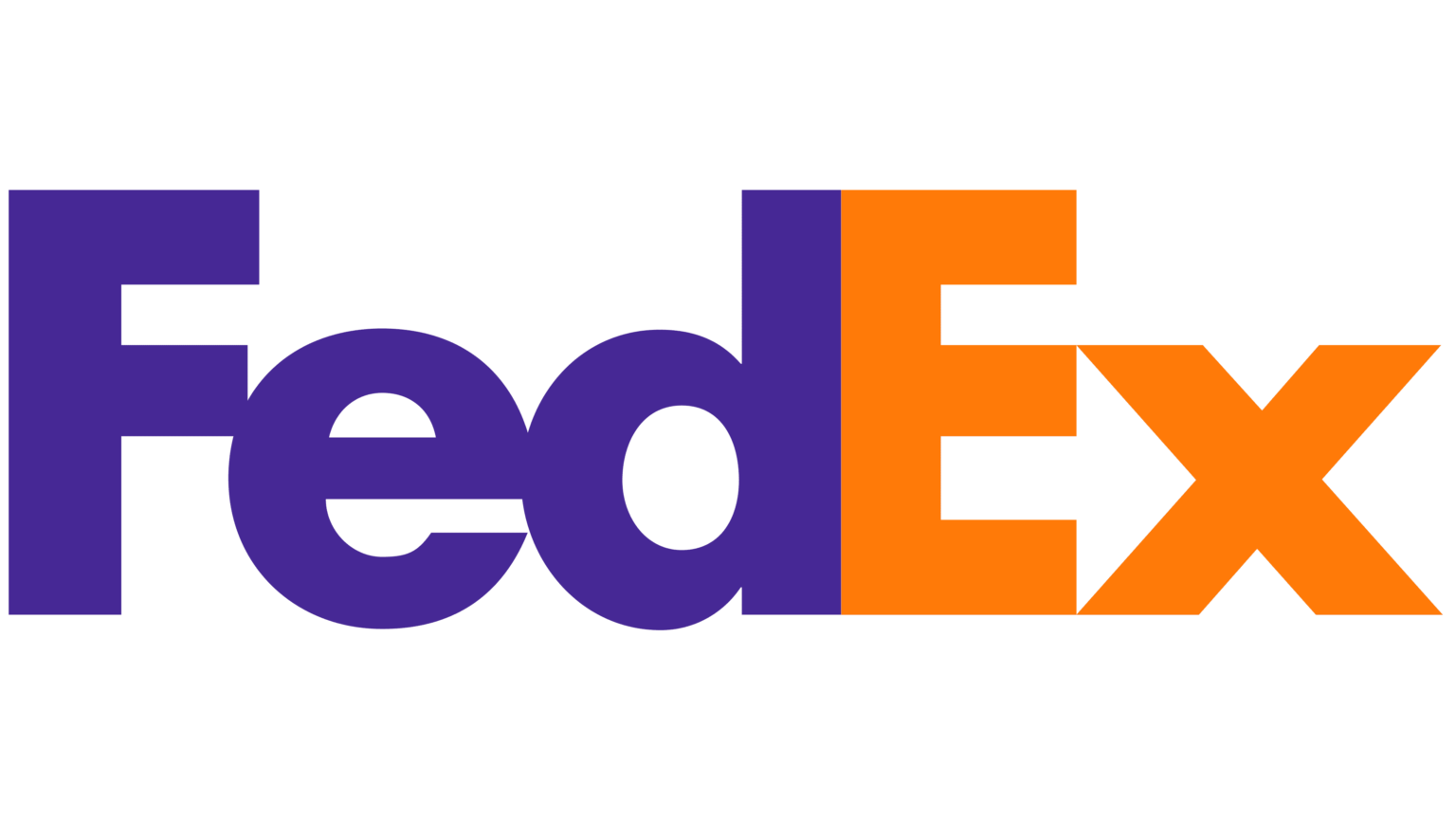

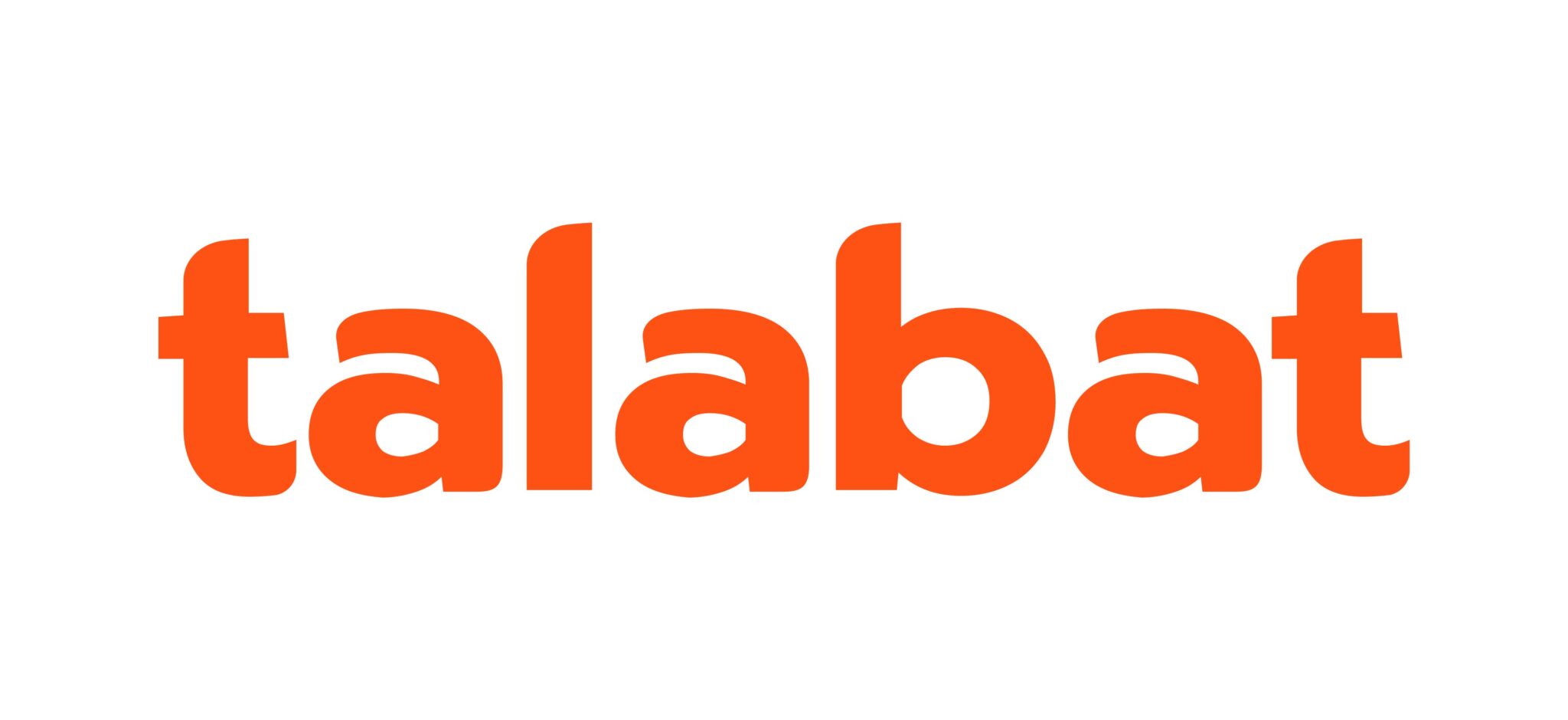


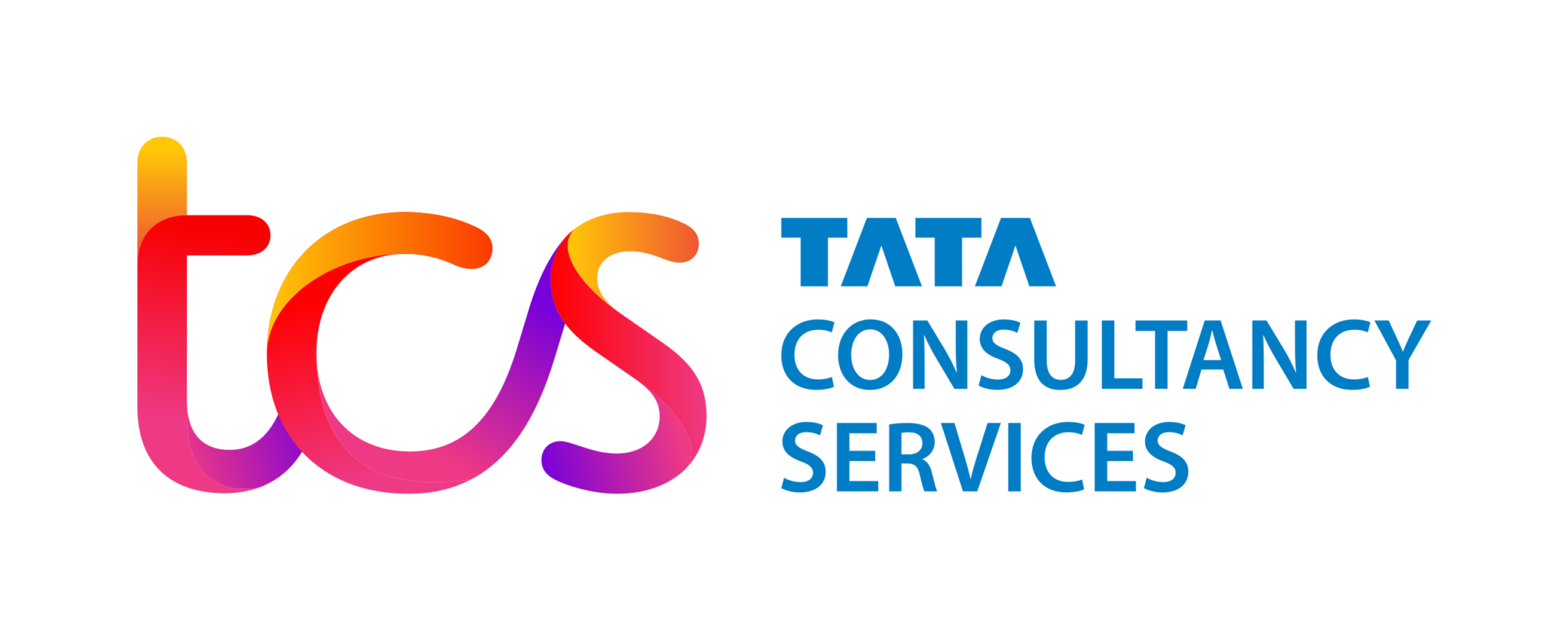
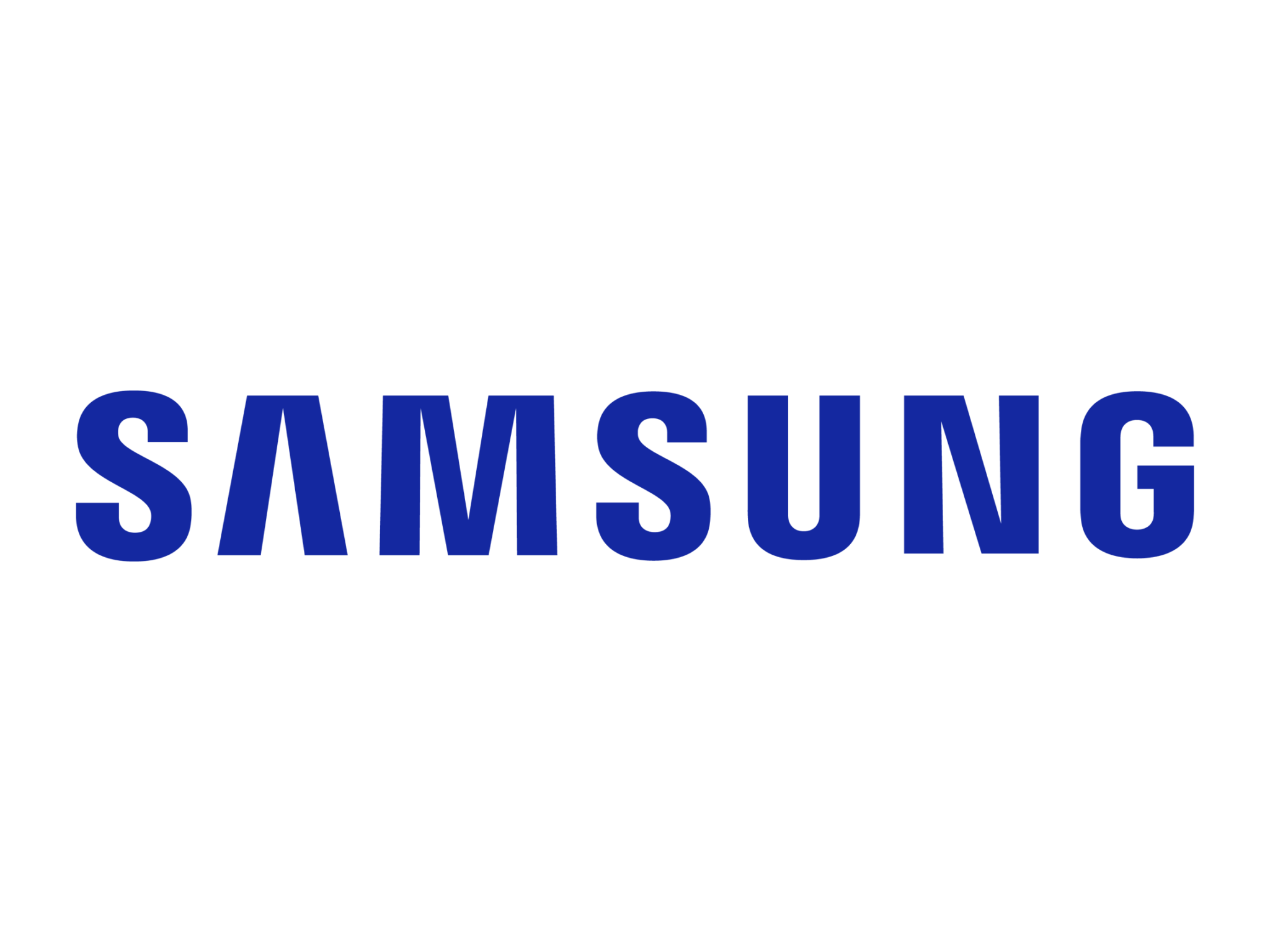
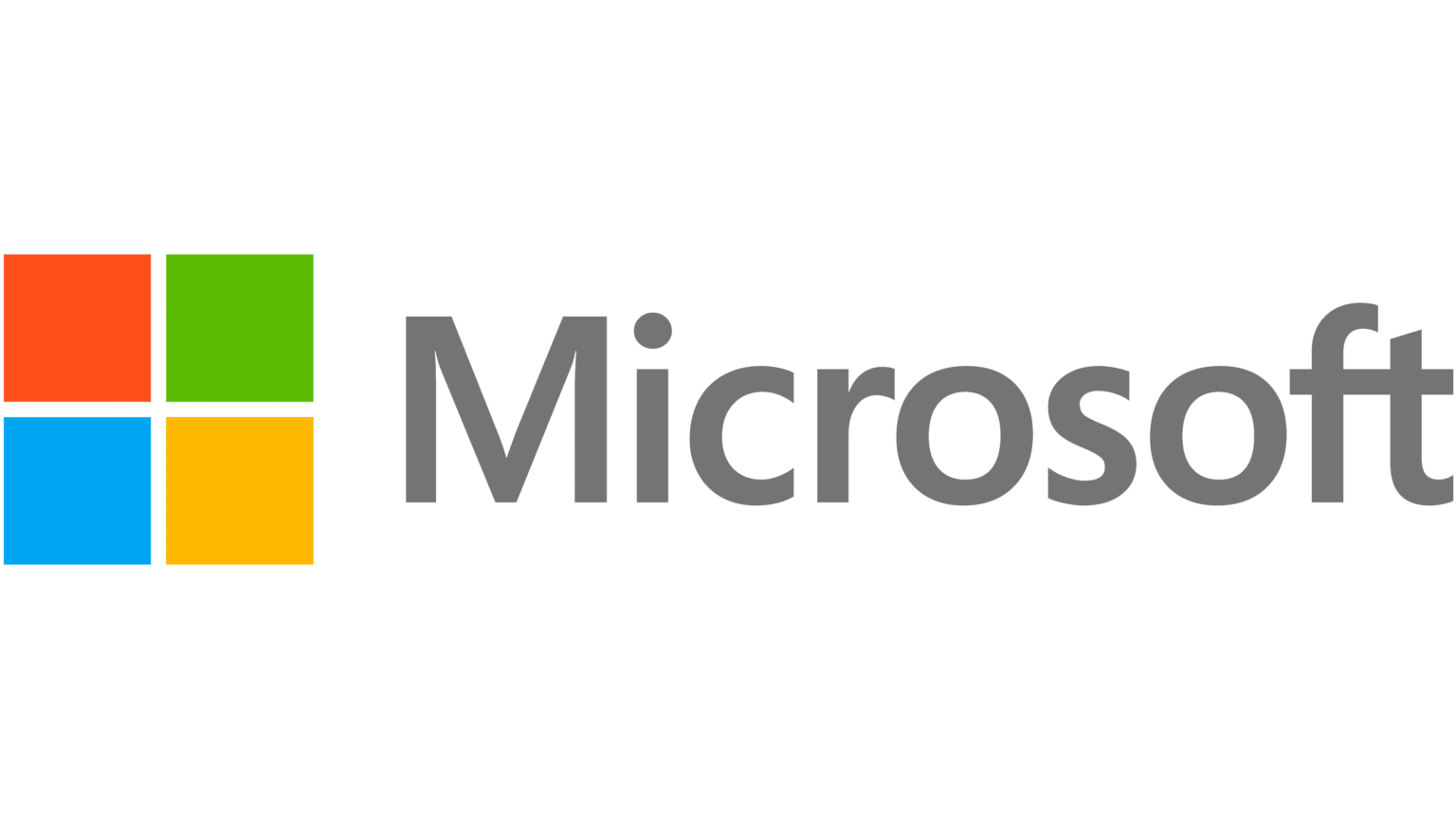




98.2%
Completion Rate
91.2%
Course Pass Rate
95%
Submission Rate
88%
Student Satisfaction
Speak to our Admission Team
Program Overview
MS Data Science and Artificial Intelligence (AI) knowledge is essential in today’s exponentially
evolving technological landscape. ML and AI offer a broad spectrum of applications, including
healthcare, finance, marketing, robotics, and more, making them incredibly versatile and
relevant for various career paths. Proficiency in ML and AI enables individuals and
organizations to harness the power of data, empowering data-driven decision-making and
facilitating automation for increased efficiency. Moreover, these technologies are instrumental in
creating innovative products and services, enhancing user experiences through personalization,
and tackling complex problems that were once deemed insurmountable.Embracing ML and AI in
education equips individuals with the skills and knowledge necessary to thrive in a
technologically advanced world and contribute to its ongoing transformation.
Training Key Features
Project Based Learning – Apply your learning directly, honing your skills with
practical tools.
Industry Certification- All our learners will beprovided coaching to clearreputed
industrycertifications such as IBM,AWS, Microsoft, Infosys, etc.
Lifelong UpskillingJoin – Your gateway to continuous skill development, updated
monthly with fresh, relevant content.
Free Generative AI Course – All our learners will beprovides a Free Course onApplied
Generative AI forDigital Transformation withverifiable EU Certificate.
Invitation to EU Job Fair – Join us for a thrilling EU Job Fair packed with opportunities
to connect with top employers across Europe.
Program Details
PROGRAM OUTCOMES:
- Strong foundation – Graduates should have a solid understanding of data storage, processing, and management tools.
- Master business analytics – Gain expertise in data analysis,visualization, statistics,machine learning, and datamining.
- Increased job opportunities – Pursue careers in various industries like finance, healthcare, marketing, technology, and consulting, where demand for data-driven professionals is high.
- Enhanced salary potential -Earning an advanced degree in this field can lead to significant salary increases compared to professionals with only a bachelor’s degree
- Communicate effectively – Gain expertise in data analysis, visualization, statistics, machine learning, and data mining.
- Improved professional network – Building valuable professional networks that can aid career growth.
WHY CHOOSE US?
We are a Malta based education institution who offers own accredited programs by MFHEA or in collaboration with our partner institutions in Europe.
We are a Europe-based Professors and industry experts driven institution who speak 7+ languages, and guide students for study and employment in the USA, Canada, UK, Germany, Australia, France and many more, alongside offering online programs.
Our Recognition:
All our programs offer triple-certified awards from France and Switzerland
- Malta Ministry of Higher Education, Malta
- Swiss EduQua Certified Digital Competencies Award
- Reference Letter for internship project from your industry mentor
Our USP’s:
- Quality Education -We bring in several Europe based institutions’ expertise in offering programs. For on-campus, we prepare students for eliminating skills gap for better
- Recognised Degrees -We offer well-recognised programs and skills development at same time.
- Global Career with our internships -All our programs offer guaranteed internships and refernce letters from industry experts.
INSTITUTE OVERVIEW:
About Us-
We are an educational institution based in Malta that provides accredited programs through MFHEA or in partnership with European institutions. Our team, consisting of professors and industry experts based in Europe, speaks over seven languages. We assist students in pursuing studies in countries such as the USA, Canada, UK, Germany, Australia, France, and beyond, along with offering online programs.
We collaborate with Global industry leaders in technology to design and deliver industry-ready programs. Each of our programs offers Internship projects and project-based learning to allow learners to have work experience and boost CV that makes them “Globally Employable”
Learning Path :
MODULE 1 – STATISTIC FOR DATA SCIENCE
Unit 1:
Data and Presentation of Data Introduction: Introduction to statistics, Meaning and scope, Limitation of Statistics, Data, Types of data, Methods of data collection, Presentation of data, Tabulation, Frequency Distribution, Graphical Representation.
Unit 2:
Define inferential and descriptive statistics Descriptive Statistics. Measures of Central Tendency and Dispersion, Measure of Central Tendency – Mean, Median, Quartiles, Deciles, Percentiles, Mode, Geometric mean, Harmonic mean. Measure of dispersions – Introduction to Range, Mean Deviation, Quartile Deviation, Variance, Standard Deviation, Coefficient of variation, Skewness, kurtosis.
Unit 3:
Scatter Diagram, Positive and Negative Correlation, Limits for Coefficient of Correlation, Karl Pearson’ Coefficient of Correlation, Spearman’s Rank Correlation. (Ranks are not equal only) Regression Analysis: Concept Least Square Fit of a Linear Regression, Two Lines of Regression, Properties of Regression Coefficients (Simple problems only).
Unit 4:
Introduction to probability. Concepts – Random Experiment, Sample Space – Definitions of Probability, Law of probability.
Distributions and Sampling method- Discrete and continuous probability distributions: Poisson’s, Binomial, Normal distribution curves and characteristic.
Unit 5:
Time series analysis: Utility of time series, Components of time series, Time series models-Addition and Multiplication model, Measurement of trend- Graphic method, moving average methods, Method of least squares, fitting a straight-line trend, seasonal variations- Estimation of seasonal variations, Method of simple average, ratio to trend method, ratio to moving average method, cyclical variations.
Unit 6:
Sampling distributions and making inferences about population parameters- Concepts of statistic, parameter and estimate calculation, sampling distribution and standard error. Estimating the population mean by using z-statistic and t- statistic (for sigma known and unknown), Estimating the population proportion and variance.
Unit 7:
Point estimation: Concepts of parameter, random sample and its likelihood. Properties of estimators. Sufficiency, Factorization theorem, Minimum variance unbiased estimator Methods of estimation-maximum likelihood and method of momentsInterval estimation: Concepts of confidence interval and confidence coefficient, confidence interval for mean, difference between means, variance and ratio of variances under normality. Large sample confidence interval for proportions and correlation coefficients.
Unit 8:
Hypothesis Testing – Introduction to hypothesis testing. Defining the null and alternate hypothesis Construct hypothesis tests. Distinguish between Type I and Type II errors. Determine strength of decision by p-value. Testing hypothesis on Population mean by z and t statistics. Testing hypothesis about a proportion and variance. Analysing the differences in two populations for various cases.
Unit 9:
ANOVA – Analysis of variance Introduction to design of experiments. Completely randomised design (One-way ANOVA). Multiple comparison tests. Randomised Block Design, A Factorial Design (Two-way ANOVA)
Unit 10:
Non-Parametric Statistics and Test Methods. Chi-Square Analysis,
Chi-square goodness of fit Test. Analysing data using Nonparametric statistics – Runs Test, Mann-Whitney U Test, Wilcoxon Matched pairs Signed Rank Test.
MODULE 2 – MATHEMATICS FOR DATA SCIENCE
Unit 1:
Operations with Vectors, Basis, vector space, linear independence.
Unit 2:
Matrix Transformation, Gaussian Elimination, Inverse Matrices Determinants.
Unit 3:
Introduction : Einstein summation convention, Symmetry of Dot Product, Orthogonal matrices, The Gram–Schmidt process.
Unit 4:
Matrix Decomposition, Cholesky Decomposition, Eigen Decomposition and Diagonalisation.
Unit 5:
Partial differentiation of gradients, Gradients of vector valued functions, Gradients of Matrices.
Unit 6:
Unconstrained optimization, Linear optimization, convex quadratic optimization, second order cone optimization, semidefinite optimization, convex composite optimization.
Unit 7:
Gradient descent methods, Newton method, interior point methods, active set, proximity methods, accelerated gradient methods, coordinate descent, cutting planes, stochastic gradient descent, Maximum likelihood, Bayesian estimation for Machine Learning.
MODULE 3 – PROGRAMMING FOR ANALYTICS USING PYTHON
Unit 1:
What can python do?, Why python?, Python working environment (Jupyter, anaconda), Python syntax compared to other programming languages, Python install.
Unit 2:
Print statement, Comments, Python data types and variables, String operations in Python, Simple input & output, Simple output formatting, Operators in Python, Lists and dictionaries.
Unit 3:
List comprehensions, Nested list comprehensions, Dictionary comprehensions, Default parameters, Variable arguments, Specialized
Unit 4:
Reading and importing various data file, File types in python, Handing a single exceptions, Handing multiple exceptions, The with statement, Writing & appending to files.
Unit 5:
Basic properties and operation of the series, Data frame objects,Usage of main libraries of python, Pandas, numpy and seaborn, Data sub setting methods.
Unit 6:
Data transformation, String manipulation, Basic of data aggregation, Merging and sub setting data sets, GroupWise operations and transformations, Aggregation by using pivot tables and crosstabs, Slicing, Dicing, Indexing operations.
Unit 7:
manipulate and visualize time series data, Indexing time series, reading and slicing times, resampling time-series data, method chaining and filtering.
Unit 8:
Dealing with Missing Values, Data Formatting, Normalization and
Unit 9:
Describing the various packages for visualization in Python, Creating basic data plots as line plots, scatter plots, bar plots with matplotlib and Pandas, Customizing the plots. Advanced data visualization, Parallel coordinates plots, Correlation plots statistical characterization of the plots, Python visualization Tool Ecosystem.
Unit 10:
Basic plotting, Layouts, interactions and annotations, Building interactive dashboards/apps.
MODULE 4 – DATA VISUALIZATION & STORYTELLING WITH TABLEAU
Unit 1:
Getting Started & Introduction to Data Visualization, Tools for Data Visualization, Features and uses of Tableau, Installing Tableau, features of Tableau.
Unit 2:
Connecting to data, customising a data Build basic graphs manually and built in options.
Unit 3:
Filtering, sorting and grouping the Creating hierarchies, working with date fields, dual axis and combined-axis charts.
Aggregation methods and advanced
Unit 4:
Working with conversion functions. Geographical analysis by plots. Using quick table calculations and creating calculated fields to be used in plots.
Unit 5:
Working with data extract. Joining tables with/without calculations in Blending multiple data sources. Use of sets and context filters for advanced plots.
Unit 6:
Build Level of detail expressions, create and use parameters in the plots. Advanced mapping – Modifying locations, Customizing
Tableau’s Geocoding.
Unit 7:
Viewing distributions using histogram, box and whisker Build bar-in-bar and bullet charts for goal comparison.
Unit 8:
Use of statistical and forecasting features of Tableau for adding trend and reference lines and generating a Create appealing dashboards using design techniques and filter actions
Unit 9:
Custom Table Calculations, Secondary Table Calculations, Pareto Charts and Secondary Time-based data analysis with Sparklines, Slope charts and control charts.
Unit 10:
Refine the dashboards, add context filters and navigation pages. Storytelling with Tableau with the help of visual analytics and informative & appealing graphs in Tableau
MODULE 5 – ARTIFICIAL INTELLIGENCE & MACHINE LEARNING
Unit 1:
Foundations for ML, ML Techniques overview, Validation Techniques (Cross-Validations), Feature Reduction/Dimensionality reduction, Principal components analysis (Eigen values, Eigen vectors, Orthogonality).
Unit 2:
Different clustering methods (Distance, Density, Hierarchical), distance measures, Iterative distance-based clustering, Dealing with continuous, categorical values in K-Mean, Constructing a hierarchical cluster, K-Medoids, k-Mode and density-based clustering, Measures of quality of clustering.
Unit 3:
Naïve Bayes Classifier, Model Assumptions, probability estimation, required data processing, M-estimates, Feature
Unit 4:
Support Vector Machine, Linear learning machines and Kernel space, Making Kernels, working in feature space, SVM for classification and regression problems.
Unit 5: Recommender Systems, Problem Formulation, content-based recommendations, collaborative Filtering, vectorization.
Unit 6:
Fundamentals of Artificial Intelligence, Introduction of A.I, A.I. Representation, Non-AI vs AI Techniques, Representation of Knowledge, Knowledge Base Systems, State Space Search, Production Systems, Problem Characteristics, types of production systems, Intelligent Agents and Environments, concept of rationality, the nature of environments, structure of agents, problem solving agents, problem formulation.
Unit 7:
Uninformed search strategies, Formulation of real world problems, Breadth First Search, Depth First Search, Depth Limited Search, Application of AI in the files of business management,
Workflow and lifecycle of AI project in an organisation.
Unit 8:
Introduction to Encoders, Auto-Encoders, Intelligent Agents and Uninformed search, Heuristic Search, Constraint Satisfaction Problems
MODULE 6 – MACHINE LEARNING METHODS USING PYTHON
Unit 1:
Introduction to Machine Learning, what is Machine Learning?, need for Machine Learning, Why & When to Make Machines Learn?, challenges in Machines Learning, application of Machine Learning.
Unit 2:
Components of Python ML Ecosystem, using Pre-packaged Python Distribution: Anaconda, Jupyter Notebook, NumPy, Pandas, Scikit-learn.
Unit 3:
Regression Analysis (Part-I), regression Analysis, linear Regression, examples on Linear Regression, scikit-learn library to,implement simple linear regression.
Unit 4:
Regression Analysis (Part-II), multiple Linear Regression, examples on Multiple Linear Regression, polynomial Regression, examples on Polynomial Regression.
Unit 5:
Classification (Part-I), What is Classification, Classification Terminologies in Machine Learning, Types of Learner in, Classification, Logistic Regression, Example on Logistic Regression.
Unit 6:
Classification (Part-II), What is KNN?How does the KNN algorithm work? How do you decide the number of neighbours in KNN?,
Implementation of KNN classifier, What is a Decision Tree?, Implementation of Decision Tree, SVM and its implementation.
Unit 7:
Clustering (Part-I), What is Clustering?, Applications of Clustering, Clustering Algorithms, K-Means Clustering, How does K- Means Clustering work?, K-Means Clustering algorithm example.
Unit 8:
Clustering (Part-II), Hierarchical Clustering, Agglomerative
Hierarchical clustering and how does it work, Working of Dendrogram in Hierarchical clustering, Implementation of Agglomerative Hierarchical Clustering.
Unit 9:
Association Rule Learning, Association Rule Learning, Apriori algorithm, Working of Apriori algorithm, Implementation of Apriori
Unit 10:
Recommender Systems, Introduction to Recommender Systems, Content-based Filtering, How Content-based Filtering work, Collaborative Filtering, Implementation of Movie Recommender
MODULE 7 – CONVOLUTIONAL & RECURRENT NEURAL NETWORKS
Unit 1:
Overview of Neural Networks and Deep Learning, Applications of Neural Networks in Computer Vision and Natural Language Processing, Comparison with Traditional Machine Learning Models, Historical Perspective on CNNs and RNNs.
Unit 2:
Understanding Image Data and Preprocessing, Introduction to Convolutional Layers, Pooling Layers and Stride, Architecture: LeNet, Hands-on: Image classification with LeNet.
Unit 3:
Architectures: AlexNet, VGGNet, Transfer Learning and Fine- tuning, Residual Networks (ResNets), Hands-on: Transfer learning for image classification.
Unit 4:
Object Detection Techniques (Region-based methods, Single- shot detectors), Image Segmentation with CNNs, Hands-on: Object detection and segmentation projects.
Unit 5:
Introduction to Sequential Data and Time Series, Basics of Recurrent Layers, Challenges: Vanishing & Exploding Gradients, Hands-on: Time series prediction with basic RNNs.
Unit 6:
Introduction to LSTMs, Advantages over Basic RNNs, Applications in Natural Language Processing, Hands-on: Sentiment analysis using LSTMs.
Unit 7:
Gated Recurrent Units (GRUs), Sequence-to-Sequence Models, Encoder-Decoder Architectures, Attention Mechanisms in RNNs, Hands-on: Language translation project.
Unit 8:
Hybrid Architectures (CNN-RNN), Capsule Networks, Recent Research Developments, Hands-on: Exploring cutting-edge
Unit 9:
Techniques for Interpreting CNN and RNN Models, Ethical Considerations in AI and Deep Learning, Bias, Fairness, & Transparency in CNNs and RNNs, Project Discussions &
MODULE 8 – COMPUTER VISION & IMAGE RECOGNITION
Unit 1:
Introduction, Background, requirements and issues, human
Unit 2:
Image formation: geometry and photometry, Geometry, photometry (brightness and colour), quantization, camera
Unit 3:
Image segmentation and Feature Extraction, Various methods of image segmentation, edge detection, object proposals, SIFT features.
Unit 4:
Multi-view Geometry, Shape from stereo and motion, feature matching, surface fitting, Active ranging.
Unit 5:
Object Recognition: Traditional Methods, HoG/SIFT features, Bayes classifiers, SVM classifiers.
Unit 6:
Introduction to Neural Networks, Artificial neural networks, loss functions, backpropagation and SGD, Batch Normalisation.
Unit 7:
Object Recognition: Deep Learning Methods, Image classification, object detection and semantic segmentation, adversarial attacks, Various neural network architectures, visualisation
Unit 8:
Motion analysis and Activity Recognition, Motion detection and tracking, Inference of human activity from image sequences.
Unit 9 Examples:
Face recognition, Image grounding, Visual question
MODULE 9 – NATURAL LANGUAGE PROCESSING
Unit 1:
Introduction, NLP tasks in syntax, semantics, and Applications such as information extraction, question answering, and machine translation. The problem of ambiguity. The role of machine learning. Brief history of the field.
Unit 2:
The problem of The role of machine learning. Brief history of the field.
Unit 3:
N-gram Language Models, The role of language Simple N-gram models. Estimating parameters and smoothing. Evaluating language models.
Unit 4:
Part Of Speech Tagging and Sequence Labelling, Lexical syntax. Hidden Markov Models (Forward and Viterbi algorithms and EM training).
Unit 5:
Basic Neural Networks, Any basic introduction to perceptron and backpropagation in Artificial Intelligence.
Unit 6:
LSTM Recurrent Neural Networks, “Understanding LSTM Networks” blog post, optionally the original paper Long Short Term
Unit 7:
Syntactic parsing, Grammar formalisms and Efficient parsing for context-free grammars (CFGs). Statistical parsing and probabilistic CFGs (PCFGs). Lexicalized PCFGs. Neural shift- reduce dependency parsing .
Unit 8:
Semantic Analysis, Lexical semantics and word-sense disambiguation. Compositional Semantic Role Labelling and Semantic Parsing.
Unit 9:
Information Extraction (IE), Named entity recognition and relation extraction. IE using sequence labelling.
Unit 10:
Machine Translation (MT), Basic issues in MT. Statistical translation, word alignment, phrase-based translation, and synchronous
Unit 11:
Project: Speech Recognition, Text Classification, Speech-to- text conversion, text-to-speech conversion, text translation
MODULE 10 – BIG DATA AND NOSQL
Unit 1:
Big Data Introduction: data introduction – Big data: definition and taxonomy – Big data value for the enterprise – Setting up the demo environment – First steps with the Hadoop “ecosystem”.
Unit 2:
The Hadoop Ecosystem, Introduction to Hadoop, Hadoop components: MapReduce/Pig/Hive/HBase, Loading data into Hadoop, Handling files in Hadoop,Getting data from Hadoop.
Unit 3:
Querying big data with Hive, Introduction to the SQL Language From SQL to HiveQL, Using Hive to query Hadoop files.
Unit 4:
Big data & Machine learning, Quick intro to Machine learning, Big Data & Machine Learning, Machine learning tools: Spark & SparkML, H2O, Azure ML.
Unit 5:
NoSQL Database, Define what is NoSQL database, its need and differences from traditional databases, Knowledge on various tools available: as MongoDB, Cassandra, HBase etc, Explore the principles of NoSQL using examples in MongoDB.
Unit 6:
Data Model: Develop an understanding of the available data models, value stores, document databases, column-family stores, graph databases, Understand the basic storage architecture in a distributed environment, column-oriented databases, nested maps of key/value pairs, HBase distributed storage architecture.
Unit 7:
Using NoSQL, Value databases using MongoDB, Cassandra etc., NoSQL database development tools, programming
Unit 8:
Data access control, Hadoop distributed storage architecture, discussion about Map Reduce processing framework.
Unit 9:
HDFS, overview of HDFS, HDFS Deployment, Core HDFS services, Check pointing, Multi-node cluster with docker.
Unit 10:
MongoDB, The document data model, Documents and collections, MongoDB Use Cases, Embedded data models, Normalised data, Indexing, Writing to shards.
MODULE 11 – DATA WAREHOUSING & MANAGEMENT
Unit 1:
Fundamentals of Data Warehouse, Introduction of data warehouse, Meaning and characteristics of Data Warehousing, Online Transaction Processing (OLTP), Data Warehousing Models, Data warehouse architecture, Principles of Data Warehousing Data Mining
Unit 2:
Building a Data Warehouse Project, Structure of the Data warehouse, Data warehousing and Operational Systems, Organising for building data warehousing, Important considerations – Tighter integration, Empowerment, Willingness Business Considerations, Return on Investment Design Considerations, Technical Consideration, Implementation Consideration, Benefits of Data warehousing.
Unit 3:
Managing and implementing a Data Warehouse Project, Planning and Requirements: Key Issues in Planning a Data Warehouse, Planning and Project Management in Data Warehouse Construction, Data Warehouse Project, Analysing Probability and Risk, Managing Risk:
Internal and External, Critical Path Analysis.
Unit 4:
Data Warehouse Architecture, Components of Data Warehouse Architecture, Technical Architectures, Tool Selection, Federated Data Warehouse Architecture.
Unit 5:
Dimensional Modelling, E-R Modeling, Dimensional Modelling E-R Modeling VS Dimensional Modelling, Data Warehouse Schemas Snowflake Schema, Fact Constellation Schema.
Unit 6:
Extract, Transform and Load, ETL Overview, ETL Requirements and Steps, Data Transformation, Data Loading, ETL Tools.
Unit 7:
Data Warehouse & OLAP, What is OLAP?, Multidimensional Data OLAP Architectures, Data Warehouse and OLAP, Hypercube &
Unit 8:
Data Mining: What is Data mining (DM)?, Definition and description, Relationship and Patterns, KDD vs Data mining, DBMS vs Data mining, Elements and uses of Data Mining, Measuring Data Mining Effectiveness, Accuracy, Speed & Cost Data Information and Knowledge, Data Mining vs. Machine Learning, Data Mining Models, Issues and challenges in DM, DM Applications Areas.
Unit 9:
Techniques of Data Mining, Various Techniques of Data Mining, Nearest Neighbour and Clustering Techniques, Decision Trees, Discovery of Association Rules, Neural Networks, Genetic
Unit 10:
Metadata Management in Data Warehouse, Metadata Management in Data Warehouse, Introduction to Metadata, Categorizing Metadata, Metadata management in practice, Tools for Metadata management.
MODULE 12 – RESEARCH METHODS
Unit 1:
Introduction to Research Methods:Understanding the nature and purpose of research, Differentiating between qualitative and quantitative research
Unit 2:
Research Design:Formulating research questions and hypotheses, Selecting appropriate research designs (experimental, correlational, descriptive, etc.), Considering ethical considerations in research design
Unit 3:
Sampling Techniques:Understanding different sampling methods (random sampling, stratified sampling, convenience sampling, etc.), Assessing sample size and representativeness
Unit 4:
Data Collection Methods:Surveys and questionnaires, Interviews (structured, semi-structured, unstructured), Observational methods (participant observation, naturalistic observation), Experimental methods, Case studies, Archival research
Unit 5:
Measurement and Instrumentation: Reliability and validity of measurement instruments, Types of measurement scales (nominal, ordinal, interval, ratio), Constructing and validating measurement
Unit 6:
Data Analysis Techniques: Descriptive statistics (mean, median, mode, standard deviation, etc.), Inferential statistics (t-tests, ANOVA, correlation, regression, etc.), Qualitative data analysis techniques (content analysis, thematic analysis, grounded theory, etc.) using
statistical software (SPSS, R, SAS, etc.).
Unit 7:
Interpreting and Presenting Results: Interpreting statistical findings, Drawing conclusions based on research results, Presenting findings through written reports, presentations, and visualisations,
Critical Thinking and Research .
Unit 8:
Ethics: Evaluating research studies critically, Understanding ethical principles in research (informed consent, confidentiality,
minimising harm, etc.), Recognizing and avoiding research misconduct (plagiarism, fabrication, falsification).
Unit 9:
Special Topics in Research Methods: Meta-analysis, Longitudinal studies, Mixed methods research, Cross-cultural research methods, Online research methods and digital data collection.
Unit 10:
Practical Applications and Projects: Hands-on experience with designing research studies, Conducting data collection and analysis.
MODULE 13 – CAPSTONE CONSULTING PROJECT
Unit 1:
Project Initiation, Introduction to the consulting project, Meeting with industry partners or clients, Defining project scope and
Unit 2:
Literature Review and Methodology Conduct a literature review related to the project, Select and justify the appropriate data science and AI methodologies, Develop a project plan and timeline
Unit 3:
Data Collection and Preprocessing, Acquire and clean relevant datasets, Perform exploratory data analysis (EDA), Implement data preprocessing techniques
Unit 4:
Model Development and Evaluation, Build and train data science and AI models, Evaluate model performance and make adjustments as needed, Document the model development process
Unit 5:
Project Implementation, Implement the chosen solution in a real-world context, Monitor and troubleshoot the implementation
Unit 6:
Final Presentation and Documentation, Prepare and deliver a
final presentation to industry partners or clients, Submit comprehensive technical documentation.
Learning Outcomes
Live & interactive lectures by expert faculties
Recorded session for offline viewing
World-class curriculum by eminent faculty
Regular webinars by industry leaders
Assignments for module assessments
Easy-to-use LMS accessible anywhere
Online library to further enhance your knowledge
Dissertation on your area of research work
Our Testimonial
AfriCred made my dreams come true! As a Nigerian student, securing an education loan for overseas studies seemed like an impossible task. But AfriCred stepped in and not only secured the loan but also efficiently processed my tuition fees. Their expertise and dedication turned my dream of studying abroad into a reality. I am forever grateful for their support!

Oluwaseun A
AfriCred is a game-changer for Nigerian students aspiring to study overseas. They understood the financial challenges we face and helped me secure an education loan with ease. Their guidance and assistance in processing tuition fees streamlined the entire process. Thanks to AfriCred, I am now pursuing my dream education abroad!

Temi O
I can't express how thankful I am to AfriCred. As a Nigerian student, I faced many obstacles when it came to funding my overseas education. AfriCred not only secured a tailored education loan for me but also made the tuition fee process incredibly smooth. They are true education financiers and have changed my life for the better!

Chinedu N
AfriCred is a lifeline for Nigerian students seeking higher education abroad. Their dedication and expertise in securing education loans and handling tuition fees are commendable. Thanks to AfriCred, I am now living my dream of studying overseas. I highly recommend their services to every aspiring international student!

Adesua E
AfriCred turned my overseas education dreams into a reality! Their commitment to helping Nigerian students like me secure education loans and simplifying the tuition fee process is unparalleled. I can't thank them enough for their unwavering support and guidance. AfriCred is a blessing for all of us!

